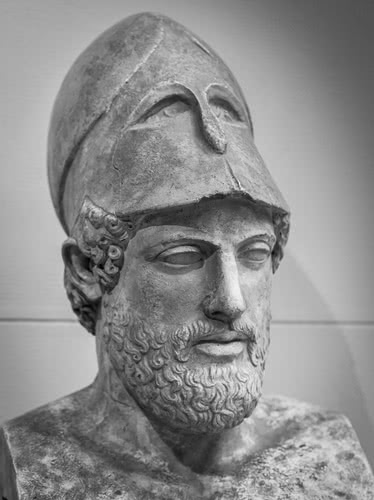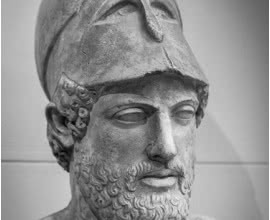Nosing Our Way Through History - The Origins of Rhinoplasty
Rhinoplasty or a nose job as it is more commonly known, is a surgical procedure that has its roots going all the way back to Ancient Egypt, though it began as a form of punishment rather than a medical procedure.
Derived from the Greek, "rhinos" meaning "nose" and "plassein" meaning "to shape", rhinoplasty is a type of nose surgery that dates back for thousands of years, with records of it being performed as far back as 3000BCE in Ancient Egypt.[1] It originated as a form of punishment - thieves and criminals who committed crimes of a religious or political nature were subjected to a rhinectomy, which is the removal of one's nose.[2] It left the victims horribly disfigured and forever marked them as lawbreakers.

The groundwork for rhinoplasty as we know now can be found in the hieroglyphics written by Ancient Egyptian doctors. Though rudimentary compared to the techniques used by surgeons now, the techniques described in the Eber Papyrus, Egypt's oldest written record on medical procedures, provided the foundations for rhinoplasty that were improved upon over many centuries.[3]
According to the book, Venus Envy: A History of Plastic Surgery, one of the first recorded mentions of a successful rhinoplasty procedure was performed in India in the 6th century BCE, where a flap of skin from the patient's cheek was harvested in order to mold a nose.[4] However, nose jobs didn't gain popularity in the West until the late 16th century when a syphilis epidemic ravaged Europe. One symptom of advanced staged syphilis involved soft tissue decay, which affected the nose, which inevitably led to a gaping hole in the middle of an individual's face.[5]
Such disfigurement to a prominent and visible part of the body left individuals socially shunned, depressed and humiliated and this spurred the procedure of rhinoplasty into the medical limelight with patients paying through the nose in order to restore the aesthetics of their face.
Rhinoplasty gained even more prominence and attention in the 19th century when the revival of the pseudoscience of physiognomy captured the attentions of local residents. According to physiognomy research, the shape of one's nose was indicative of an individual's moral character - a straight nose suggested refinement while a hawk-like nose implied cunningness, according to Gabrielle Glaser, author of The Nose: A Profile of Sex, Beauty and Survival[6].

Nowadays, rhinoplasty has two main purposes: medical and cosmetic. Rhinoplasty for medical purposes involves correcting breathing problems or a birth defect, thus restoring the nose to its original and optimal function; rhinoplasty for cosmetic purposes are for individuals who are unhappy with the appearance of their nose.[7]
Rhinoplasty can be performed by an otolaryngologist (Ear, Nose and Throat specialist), a maxillofacial surgeon (jaw, face and neck specialist) or a plastic surgeon.[8] Some possible changes that can be made to your nose include:
- change in size
- change in angle
- straightening of the bridge
- reshaping of the tip
- narrowing of the nostrils[9]
In conclusion, rhinoplasty has become one of the most commonly sought out plastic surgery procedures around the world and is a common enough procedure for the risks to be fairly minimal. However, whether for medical or cosmetic reasons, if you are considering a nose job, be sure to do your research and weigh out the pros and cons of such a procedure before going under the knife. You don't want to cut off your nose to spite your face all because you were misinformed or driven by impulse.
Sources:
[1] Gary Bennett, Dr., "History of Rhinoplasty - Dr. Bennett NYC Double Board Certified", in Dr. Gary Bennett Rhinoplasty and Sinus Surgeon, published April 22nd, 2013, viewed on June 24th, 2018, https://www.nycfacemd.com/history-of-rhinoplasty/
[2] ibid
[3] ibid
[4] Tiiffany Hearsey, "Sculpting Identity: A History of the Nose Job", in The Atlantic, published September 6th, 2015, viewed on June 24th, 2018, https://www.theatlantic.com/health/archive/2015/09/nose-job-history-plas...
[5] ibid
[6] ibid
[7] Teresa Bergen, "Rhinoplasty", in Healthline.com, published February 22nd, 2016, viewed on June 24th, 2018, https://www.healthline.com/health/rhinoplasty
[8] "Rhinoplasty" in, Wikipedia.com, viewed on June 24th, 2018, https://en.wikipedia.org/wiki/Rhinoplasty














